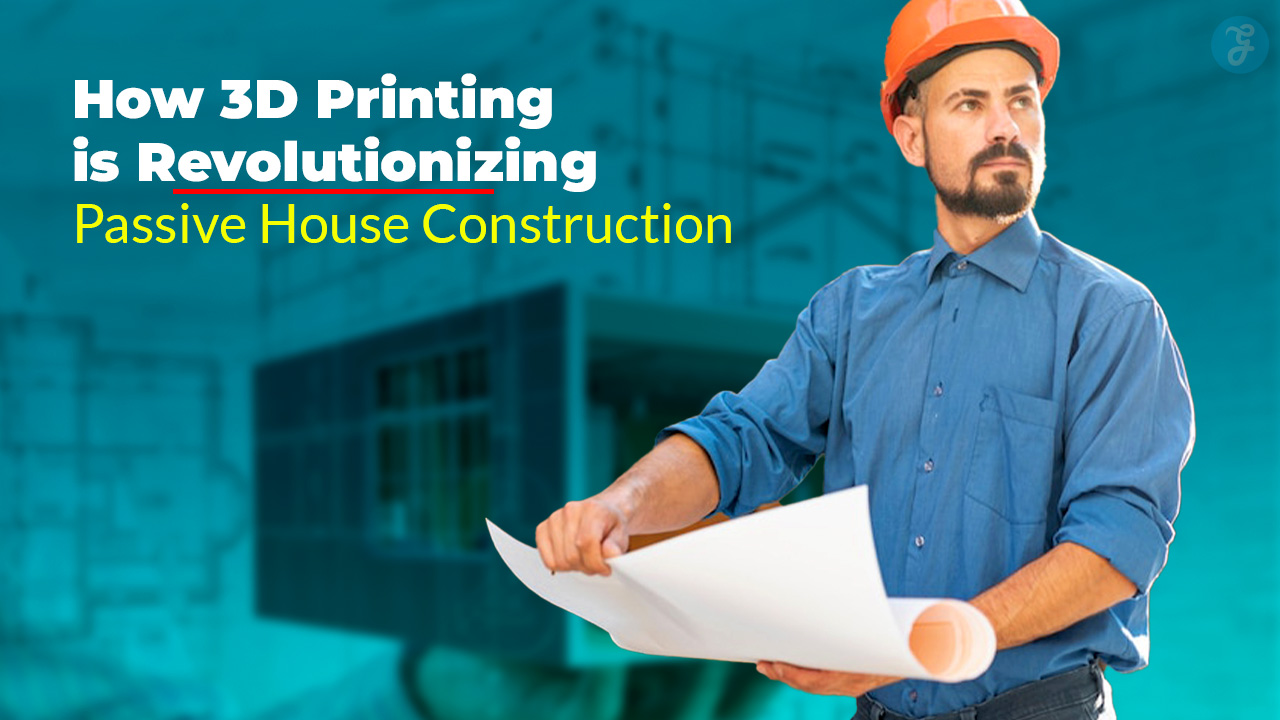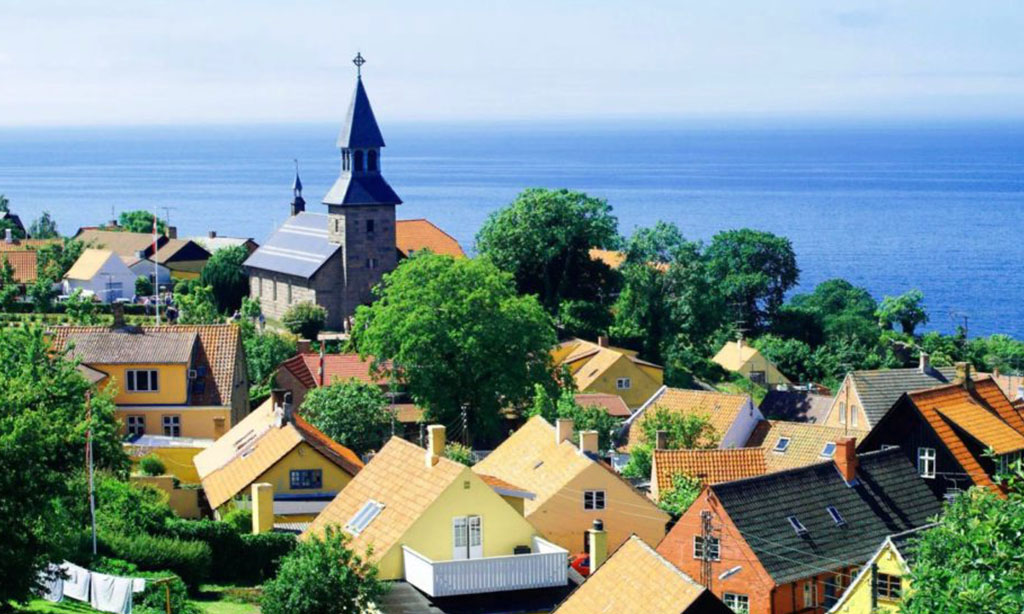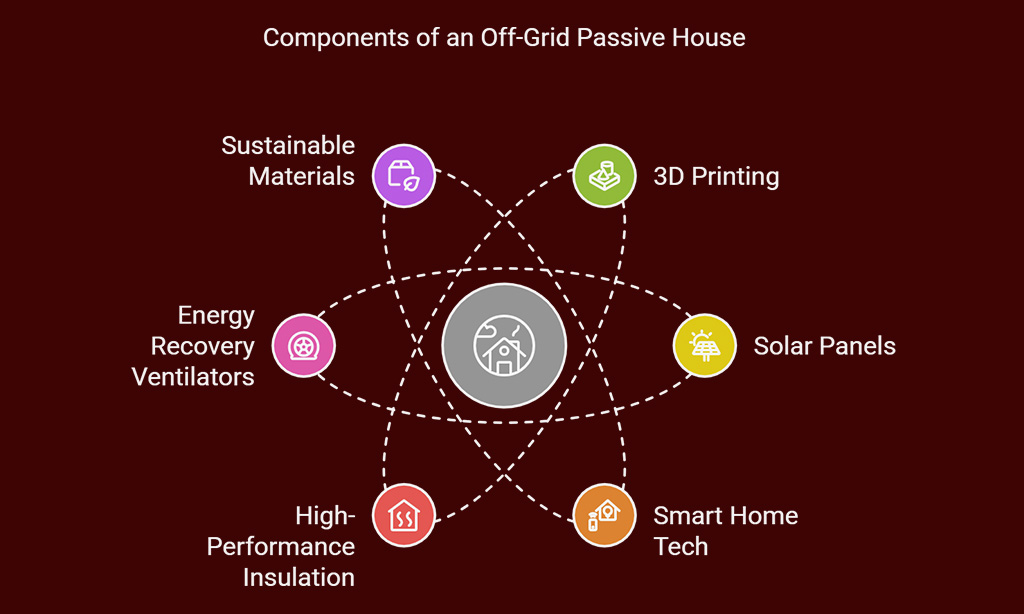Are you tired of high energy bills? Do you want a home that is good for the earth? How 3D Printing Is Revolutionizing Passive House Construction. This way, you can get strong and efficient houses.
3D concrete printing is a new way to build. It adds layers of material, one on top of another. This is different from cutting away material like before. This blog post will show you how additive manufacturing is making better homes.
This article solves your problems, and helps you with smart energy management. Keep reading to learn how.
Key Takeaways
- 3D printing builds homes faster and cuts waste. It also helps with housing shortages. One team built a home in 140 hours in Germany.
- Dubai wants 25% of its buildings to use 3D printing by 2030. They will use recycled plastics. This will cut down on concrete use.
- 3D printing can make homes that resist earthquakes. It can also create jobs and help poor areas. Fifty homes were built quickly in Mexico.
- Norway has a 3D-printed home that does not need outside power. It uses solar panels and smart tech. This shows green design at its best.
- Using good computer software is key for 3D printing. We also need skilled workers for touch-ups. Building Information Modeling helps plan the build.
Case Study 1: Energy-Efficient 3D-Printed Passive House in Germany
Germany shows how 3D printing can make homes better. A team built a home in 140 hours. They used a big 3D printer. This shows fast construction is possible. CAD software, such as Revit, helped make precise plans.
This German project faced a challenge that involved concrete. Concrete has a large carbon footprint. Still, the house shows a path to energy-efficient homes. It also shows how we can use construction technology to build faster.
The project uses building information modeling. It also pushes the construction industry to find greener ways.
Case Study 2: Zero-Waste Passive Home in the Netherlands
The Netherlands is stepping up with its own 3D-printed house. It stresses zero construction waste. Vertico experiments with special nozzle heads. They also test special mortar mixes.
This helps them minimize material usage. Only what is needed gets used, so sustainability in construction is achieved. Digital modeling allows for unique architectural designs.
This home shows how digital modeling can work. Less waste and faster builds are possible. The construction timelines get reduced from months to days. It is a big step. The Netherlands helps lead the way in additive manufacturing.
This construction technology also helps with the housing crisis. Also, the use of carefully planned concrete mix helps. This gives the building team a more eco-friendly construction.
Case Study 3: Sustainable 3D-Printed Housing in Dubai
Dubai is making big moves in eco-friendly construction. The city plans for 25% of its buildings to use methods such as additive manufacturing by 2030. These projects use recycled plastics and composite materials.
They plan to cut down on concrete use. This helps lower energy consumption and the carbon footprint.
These projects use aggregates in new ways. The goal is to reduce energy use. A robotic arm helps build these structures. This construction technology makes homes faster and cheaper.
Dubai’s sustainable housing shows how applications of 3D printing can solve housing issues.
Case Study 4: Affordable Passive Housing Project in Mexico
Southern Mexico offers an interesting example. Here, 3D printing addressed housing shortages. Fifty homes rose quickly. These homes provided affordable housing, a vital need. Impoverished communities benefited greatly.
The project shows how additive manufacturing helps those in need. This cost-effective housing offers more than just shelter. It gives a base for progress.
The project also emphasized job creation. It supported social inclusion. Concrete mix designs ensured durable homes. These homes could resist earthquakes. Building Information Modeling, or BIM, helped a lot.
The digital blueprint made everything easier. Such projects offer solutions for homelessness. Collaboration is key here. Partnering with psychologists and healthcare providers works too.
This holistic approach addresses all needs. It boosts economic development, too.
Case Study 5: Off-Grid 3D-Printed Passive House in Norway
Consider a home in Norway. This home uses 3D printing and can live off the grid. It shows green design at its best. The home does not need outside power. It makes its own energy with sustainable materials.
This is a big step for eco-friendly construction.
The off-grid passive home uses modern energy systems. These systems include solar panels and smart home tech. The home also features high-performance insulation materials. It will keep heat inside and lower waste.
ICON works with Positive Energy. They use energy recovery ventilators. These ERVs help keep the air fresh. It shows how 3D printing can make energy-efficient homes.
Innovations in 3D Printing for Passive Construction
The construction industry sees big changes with 3D printing. New concrete mixes help create better homes. Also, robotic arms make building faster. Precise methods cut waste. Hyperion Robotics in Finland, for example, uses math to reduce concrete use by 75%.
Apis Cor in Florida uses a mobile robotic printer. This printer has wheels to print in steps. 3D WASP in Italy builds eco-friendly domes with local earth. Even with these advances, some jobs still need people.
COBOD shows us that manual touch-ups happen after printing. These advances make sustainable building possible. They also help tackle housing shortages.
Benefits of 3D Printing in Passive House Design
3D printing is changing how we build houses. It makes passive house design better in many ways.
Here are some gains of using 3D printing for passive houses:
- It cuts down on moving things around since printing happens right where the house will stand, making things cheaper. 3D printing trims transportation costs by printing on-site.
- Only the material needed gets used. This cuts down on trash. It minimizes waste by only using what is needed.
- The process can make strong homes that can stand up to earthquakes. These homes are also durable homes.
- 3D printing can create all sorts of designs, letting you make special homes fitted to what you like. You can have customizable homes.
- Homes can be built faster with 3D printers than with regular builds. The speed of buildings goes up.
- New jobs get made when 3D printing is used. It promotes social inclusion and economic development through job creation.
- Using methods like [FDM] fused deposition modeling and [SLS] selective laser sintering reduces [CO2 emissions]. [Environment protection] is achievable using [sustainable materials management].
- [BIM] Computerized modeling helps plan and construct precisely, reducing errors. [Building information modeling] ensures accuracy.
- Materials such as sulfur [concrete mix] enhance insulation, cutting energy needs. [Building energy efficiency] is improved with better materials.
- Controlled outdoor environments help materials get strong, making builds last. [Material curing] happens in these controlled spaces.
- [Artificial intelligence] can enhance [airflow], improving indoor [thermal comfort]. [Indoor air] quality is enhanced with technology.
Challenges in Scaling 3D-Printed Passive Homes
Scaling up 3D-printed passive houses faces some hurdles. Precision is key for windows and doors. Margins of error can cause issues. Power outages can halt additive manufacturing.
You may need generators. Security for robotic arm is also needed. These machines could face risks.
Poor infrastructure can slow things down. Transporting equipment can be hard. Sadly, sometimes corruption is a factor. Using a concrete mix with fly ash sounds good. It may need more testing.
More manufacturers are needed. We need ways to make cost-effective housing faster.
Environmental Impact of 3D-Printed Passive Houses
Concrete has a large carbon footprint, even if waste is less. Some projects use other things. Recycled plastics and composite materials can help. New aggregates are used to cut energy use.
3D printing helps the environment. This construction technology uses only what is needed. It cuts down on waste.
3D-printed passive houses are more eco-friendly construction. Sustainability in construction becomes easier. They use less material. Some use recycled concrete blocks.
These innovations help lower thermal conductivity. Less energy is used. It makes energy-efficient homes.
Role of 3D Printing in the Future of Passive Construction
Additive manufacturing will change how we build. City planners see 3D printing reshaping cities. Think of entire communities made this way. It fosters creativity, efficiency, and environmental care.
Future homes might use AI. They could have smart home systems and better materials.
It can help build homes faster. It will also help with housing shortages and the housing crisis. 3D printing can produce customizable homes. These homes can also be earthquake-resistant and durable.
Challenges do exist, though. Regulatory issues and old codes slow things down. Public opinion also plays a part. Using robotic arms, BIM, and sustainable materials such as a special concrete mix, aids house construction.
Lessons Learned from the Case Studies
These case studies show how 3D printing can change construction. They offer key lessons for future projects.
Here are some lessons we can learn:
- Good computer-aided design, or CAD, software is key. Precise 3D models are a must for success.
- Manual touch-ups might be needed after 3D printing. The construction industry will need skilled workers for this.
- Think about social inclusion and job creation. Job creation can boost economic development.
- Working with psychologists and doctors may help solve homelessness. 3D printing could create housing solutions.
- Affordable housing can be achieved with cost-effective housing tech. 3D printing can cut building costs.
- Speed of construction is very important. Rapid manufacturing can help lower housing shortages.
- Sustainability in construction should be a goal. Target energy-efficient homes that help the planet.
- Earthquake-resistant homes can be made with 3D printing. Durable homes are a great investment.
- Building Information Modeling (BIM) helps with 3D-printed buildings. A digital blueprint makes the build easier.
- Green building can boost energy efficiency. Create zero-energy buildings with this tech.
- A robotic arm can automate the printing. This makes building faster and cheaper.
- Think about using local materials in yourconcrete mix. This can help with sustainability.
Takeaways
3D printing changes how we build houses. It uses tools like Building Information Modeling and a robotic construction arm. This tech helps us solve housing shortages using cost-effective housing.
3D-printed passive homes are sustainable so construction can be more eco-friendly.
FAQs
1. What is 3D printing in the construction field?
It is when we use additive manufacturing to build things. Think houses made with a robotic arm and concrete mix!
2. Can 3D printing help with the housing crisis?
Yes, it can! It offers faster speed of construction and cost-effective housing. This could help with housing shortages and even homelessness solutions.
3. Is 3D-printed housing sustainable?
It can be! Eco-friendly construction is possible. We can build energy-efficient homes that are also durable homes.
4. What is BIM, and how does it relate?
Building information modeling (BIM) is like a digital blueprint. It helps plan the house before printing.
5. Can 3D-printed homes handle earthquakes?
They can be earthquake-resistant homes! The right materials and design make them strong.
6. What materials can we use for 3D printing houses?
We can use a special concrete mix, sulfur concrete, or even lunar concrete for building on the moon! We can also use foam and expanded polystyrene. These materials help with heat transfer and make the home energy efficient.










































